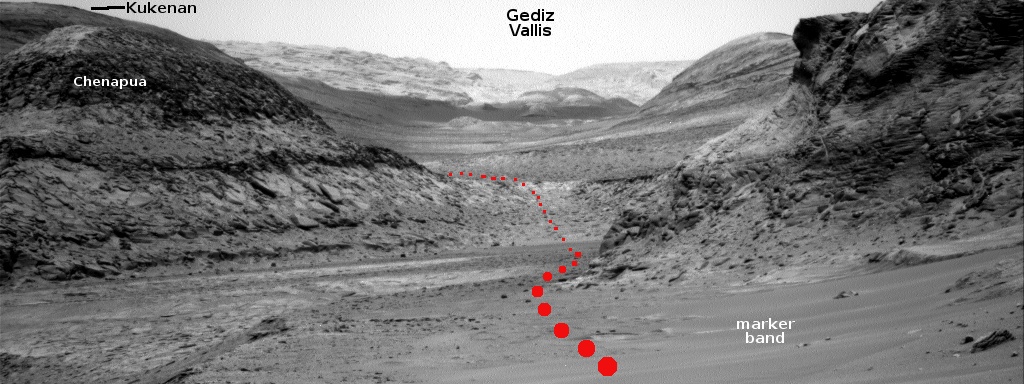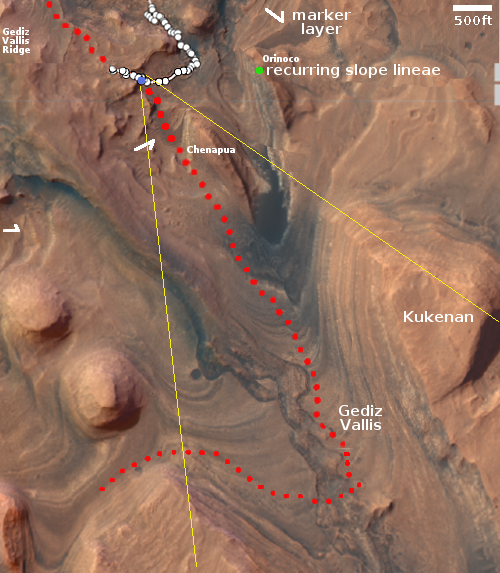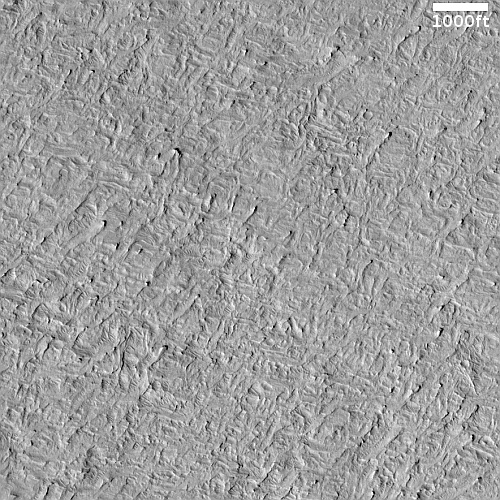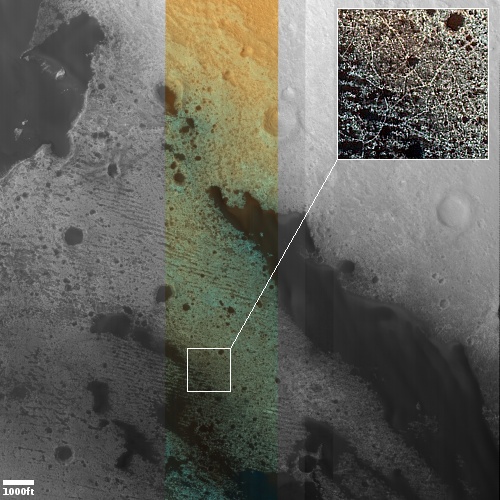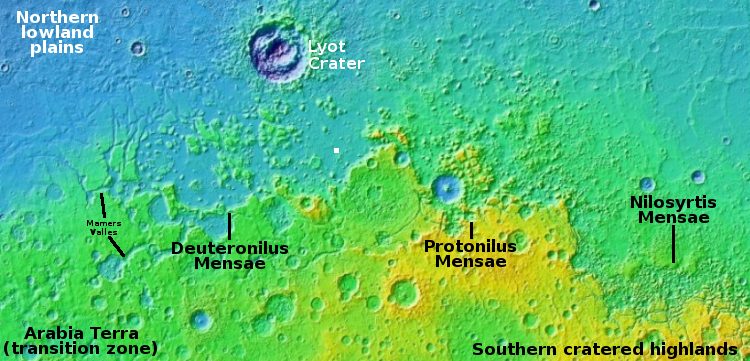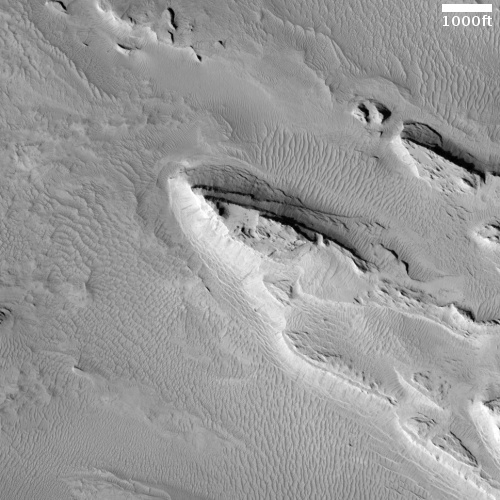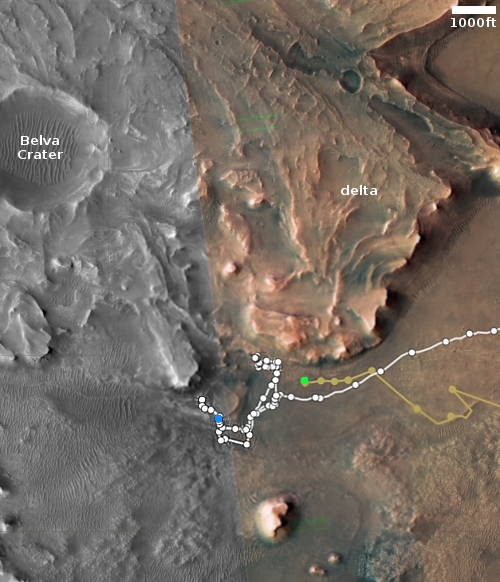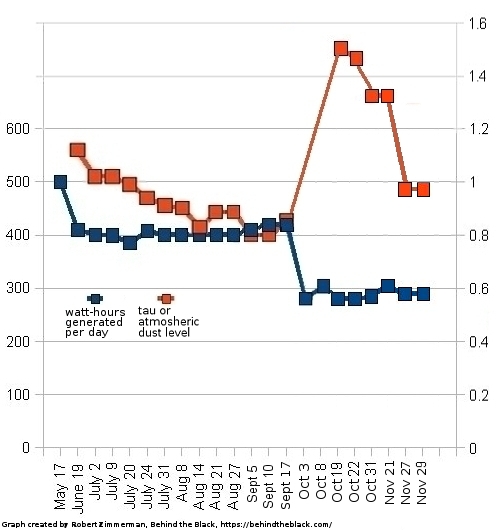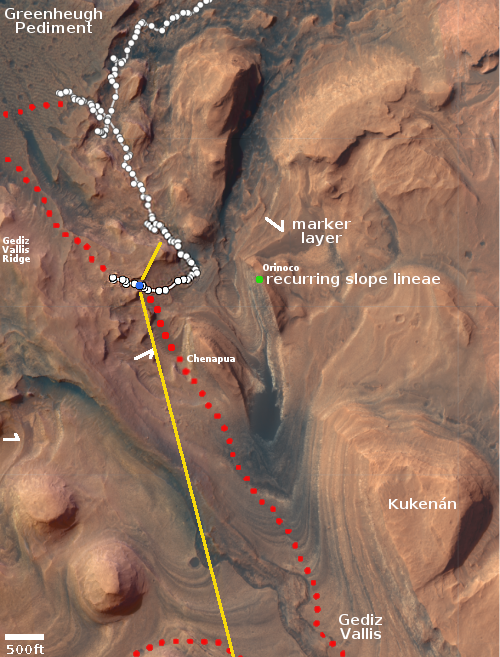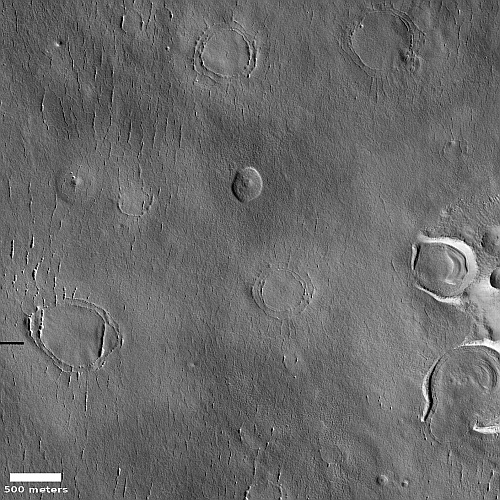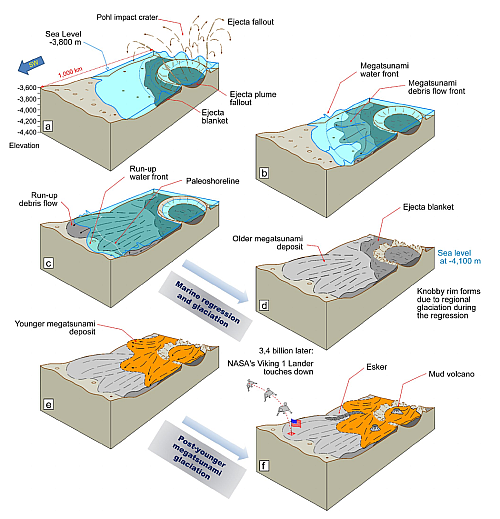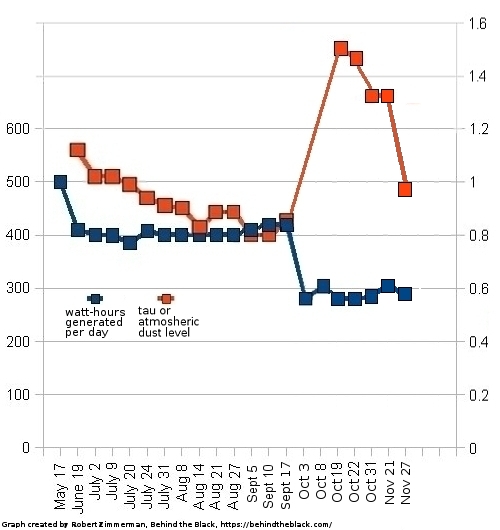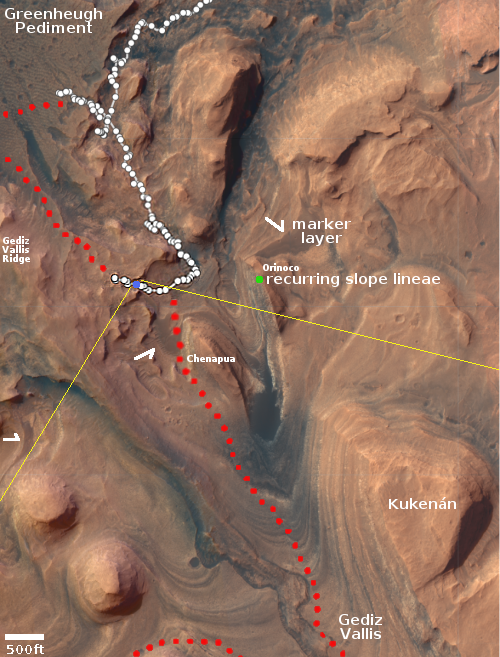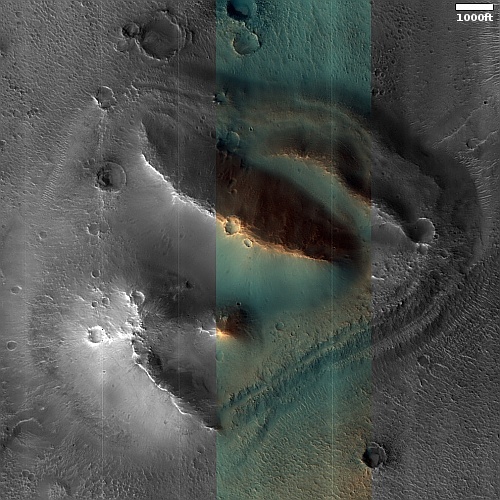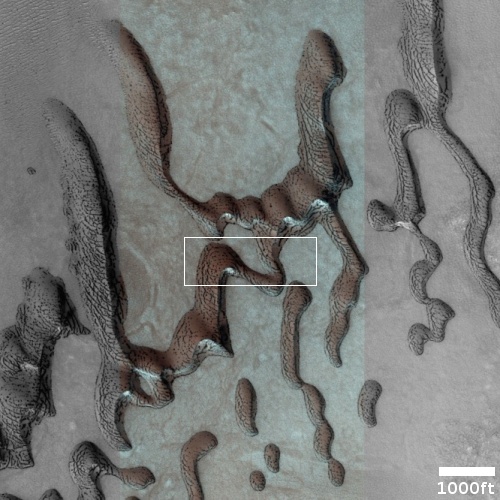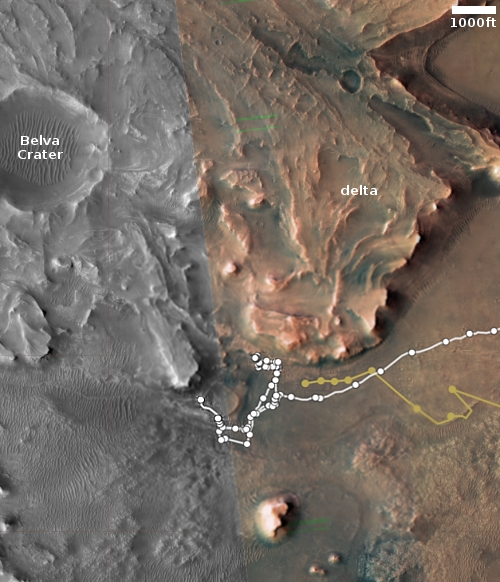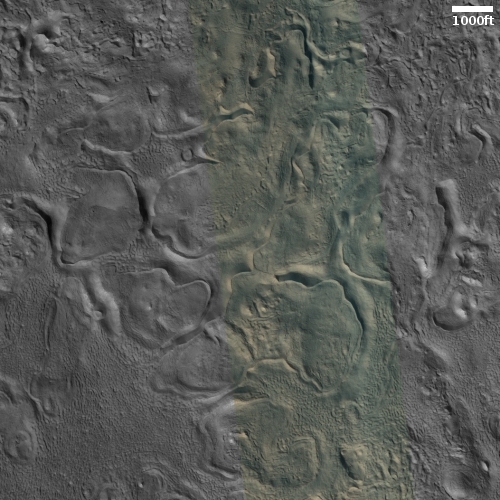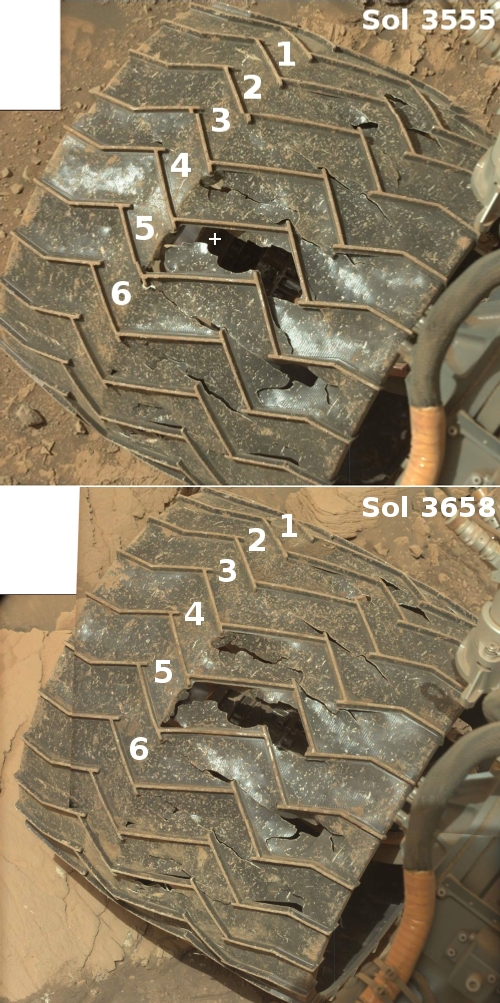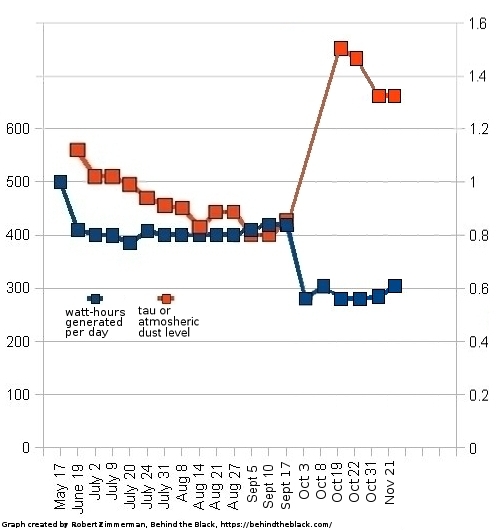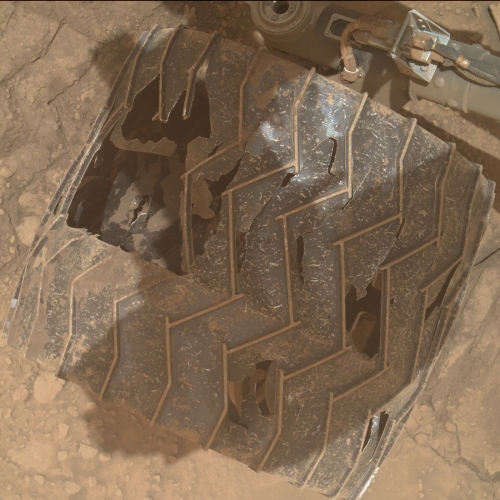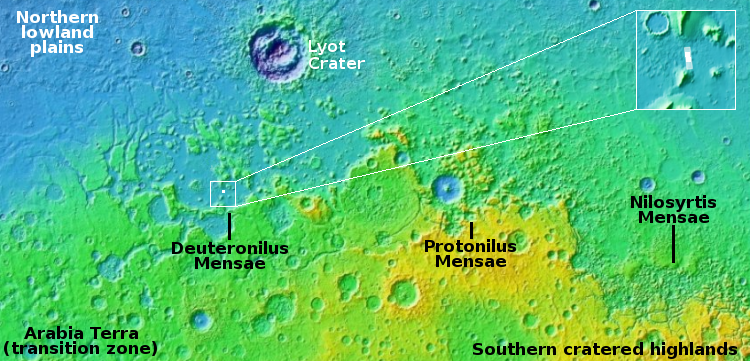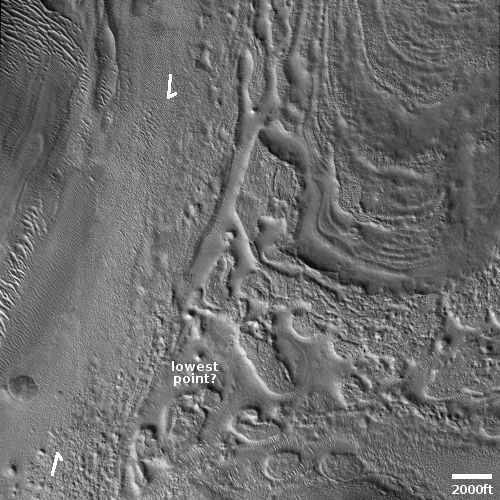Scientists publish papers describing largest Mars quake from May
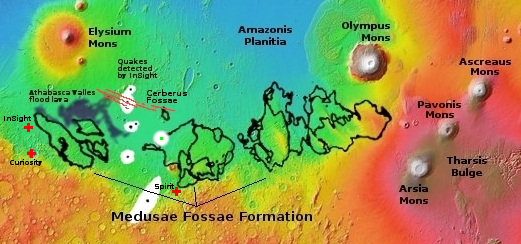
Though news of the largest quake so far detected by InSight on Mars, magnitude 4.7, was released in May, this week the science team published two papers describing the quake itself and what they have learned from it. From the press release:
The waves from the record-breaking quake lasted about 10 hours — quite a while, considering no previous Marsquakes exceeded an hour.
It was also curious because the epicenter was close to but outside the Cerberus Fossae region, which is the most seismically active region on the Red Planet. The epicenter did not appear to be obviously related to known geologic features, although a deep epicenter could be related to hidden features lower in the crust.
Marsquakes are often divided into two different types — those with high-frequency waves characterized by rapid but shorter vibrations, and those of low-frequency, when the surface moves slowly but with larger amplitude. This recent seismic event is rare in that it exhibited characteristics of both high- and low-frequency quakes. Further research might reveal that previously recorded low- and high-frequency quakes are merely two aspects of the same thing, Kawamura said.
The green-dotted white patch on the map above marks the approximate location of this quake, east of where most of the previous larger quakes have been detected and under the Medusa Fossae Formation of volcanic ash. That no surface features appear to correspond to this quake, it is thought it was the result of a shift of underground features.

Though news of the largest quake so far detected by InSight on Mars, magnitude 4.7, was released in May, this week the science team published two papers describing the quake itself and what they have learned from it. From the press release:
The waves from the record-breaking quake lasted about 10 hours — quite a while, considering no previous Marsquakes exceeded an hour.
It was also curious because the epicenter was close to but outside the Cerberus Fossae region, which is the most seismically active region on the Red Planet. The epicenter did not appear to be obviously related to known geologic features, although a deep epicenter could be related to hidden features lower in the crust.
Marsquakes are often divided into two different types — those with high-frequency waves characterized by rapid but shorter vibrations, and those of low-frequency, when the surface moves slowly but with larger amplitude. This recent seismic event is rare in that it exhibited characteristics of both high- and low-frequency quakes. Further research might reveal that previously recorded low- and high-frequency quakes are merely two aspects of the same thing, Kawamura said.
The green-dotted white patch on the map above marks the approximate location of this quake, east of where most of the previous larger quakes have been detected and under the Medusa Fossae Formation of volcanic ash. That no surface features appear to correspond to this quake, it is thought it was the result of a shift of underground features.

